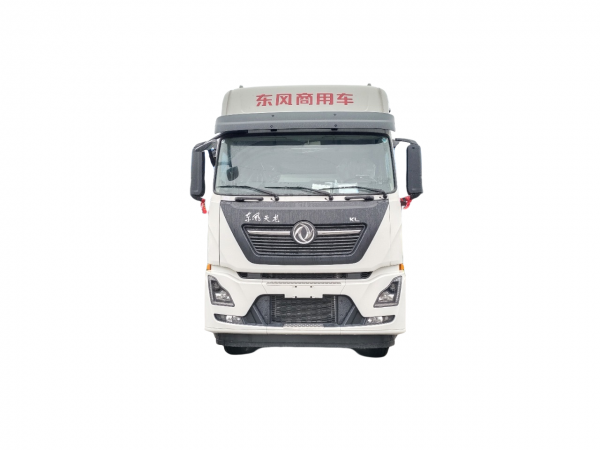Introduction
In times of emergencies, quick and effective response is crucial to save lives and minimize damage. Truck mounted cranes have proven to be invaluable assets in emergency response situations due to their versatility, mobility, and lifting capabilities. These specialized vehicles are equipped with powerful cranes that can be deployed rapidly to provide essential support in a wide range of emergency scenarios. From rescue operations to disaster relief efforts, truck mounted cranes play a vital role in enhancing the efficiency and effectiveness of emergency response teams.
Overview of Truck Mounted Cranes
Truck mounted cranes are specially designed vehicles that combine the mobility of a truck with the lifting capabilities of a crane. These vehicles are equipped with hydraulic cranes mounted on the back of a truck chassis, allowing them to be easily transported to different locations and quickly set up for lifting and hoisting tasks. Truck mounted cranes come in various sizes and configurations, with lifting capacities ranging from a few tons to several hundred tons. They are commonly used in construction, transportation, and logistics industries, but their versatility also makes them ideal for emergency response situations.
Key Features and Benefits
Truck mounted cranes offer several key features and benefits that make them essential tools for emergency response teams. Some of the key features and benefits of truck mounted cranes include:
1. Mobility: One of the primary advantages of truck mounted cranes is their mobility. These vehicles can quickly travel to the site of an emergency, regardless of the terrain or road conditions. Their ability to navigate through narrow streets, rugged terrain, and other challenging environments makes them highly versatile and well-suited for emergency response operations.
2. Rapid Deployment: Truck mounted cranes can be deployed rapidly, allowing emergency response teams to set up and start lifting operations in a matter of minutes. This quick response time is crucial in emergency situations where every minute counts and lives are at stake.
3. Lifting Capacity: Truck mounted cranes are equipped with powerful hydraulic cranes that have high lifting capacities. This allows them to lift heavy loads, such as debris, vehicles, and equipment, with ease. The ability to lift heavy objects quickly and safely is essential in emergency response situations where time is of the essence.
4. Versatility: Truck mounted cranes are versatile tools that can be used for a wide range of tasks in emergency response situations. From rescuing trapped individuals to clearing debris and wreckage, truck mounted cranes can perform a variety of lifting and hoisting operations to support emergency response efforts.
Applications in Emergency Response
Truck mounted cranes are utilized in various emergency response scenarios to provide critical support and assistance. Some of the common applications of truck mounted cranes in emergency response include:
1. Search and Rescue Operations: Truck mounted cranes are used in search and rescue operations to lift and move heavy objects, such as collapsed buildings, vehicles, and debris. These cranes can help rescue teams access hard-to-reach areas and extract trapped individuals safely and efficiently.
2. Disaster Relief Efforts: In the aftermath of natural disasters, such as earthquakes, hurricanes, and floods, truck mounted cranes are deployed to assist with debris removal, infrastructure repair, and reconstruction efforts. These cranes play a vital role in clearing roads, restoring utilities, and providing essential support to affected communities.
3. Firefighting Operations: Truck mounted cranes are used in firefighting operations to lift and position firefighting equipment, such as hoses, pumps, and ladders. These cranes help firefighters access elevated areas and control the spread of fires more effectively.
4. Emergency Infrastructure Repair: During emergencies, such as power outages or road closures, truck mounted cranes are used to repair damaged infrastructure quickly and restore essential services. These cranes can lift and place heavy materials, such as utility poles and transformers, to expedite the repair and recovery process.
medium rescue truck
To illustrate the effectiveness of truck mounted cranes in emergency response, let's explore two real-world case studies where these vehicles were deployed successfully:
Case Study 1: Hurricane Response

During a powerful hurricane that struck a coastal town, causing widespread flooding and destruction, emergency response teams deployed truck mounted cranes to assist with rescue and relief efforts. The cranes were used to lift and move debris, clear blocked roads, and rescue trapped individuals from collapsed buildings. The mobility and lifting capacity of the cranes proved instrumental in reaching affected areas quickly and providing essential support to the community.
Case Study 2: Earthquake Recovery
Following a devastating earthquake that caused significant damage to buildings and infrastructure, emergency response teams utilized truck mounted cranes to support the recovery and reconstruction efforts. The cranes were employed to lift and remove rubble, support building stabilization, and transport construction materials to the affected areas. The versatility and rapid deployment of the cranes helped expedite the recovery process and restore essential services to the impacted population.
Conclusion
Truck mounted cranes play a critical role in enhancing emergency response capabilities by providing rapid, mobile, and high-capacity lifting solutions. These versatile vehicles are essential tools for search and rescue operations, disaster relief efforts, firefighting operations, and emergency infrastructure repair. With their ability to navigate challenging environments, deploy quickly, and lift heavy loads, truck mounted cranes are indispensable assets for emergency response teams worldwide. By leveraging the capabilities of truck mounted cranes, emergency responders can improve their efficiency, effectiveness, and overall ability to save lives and protect communities in times of crisis.
